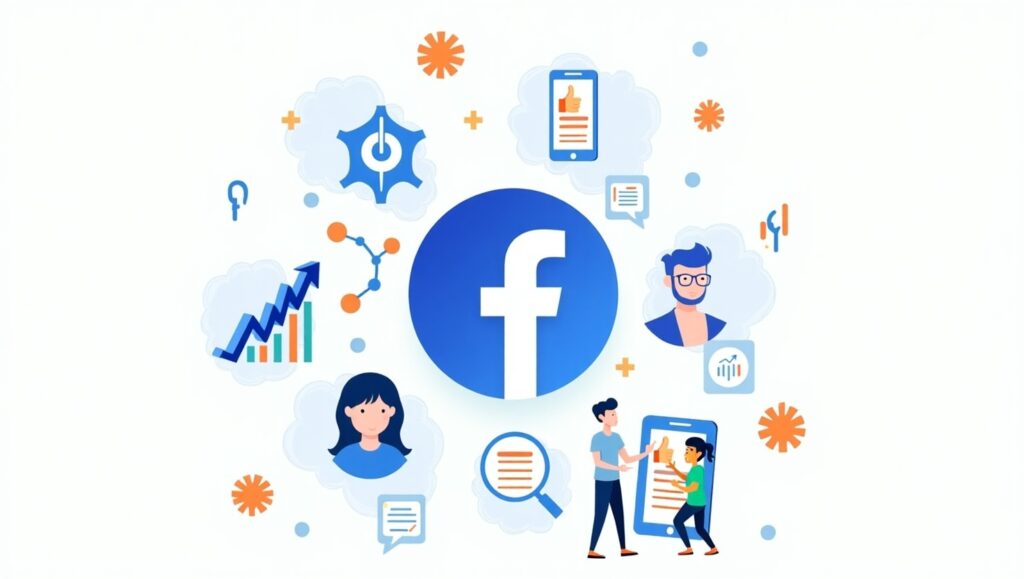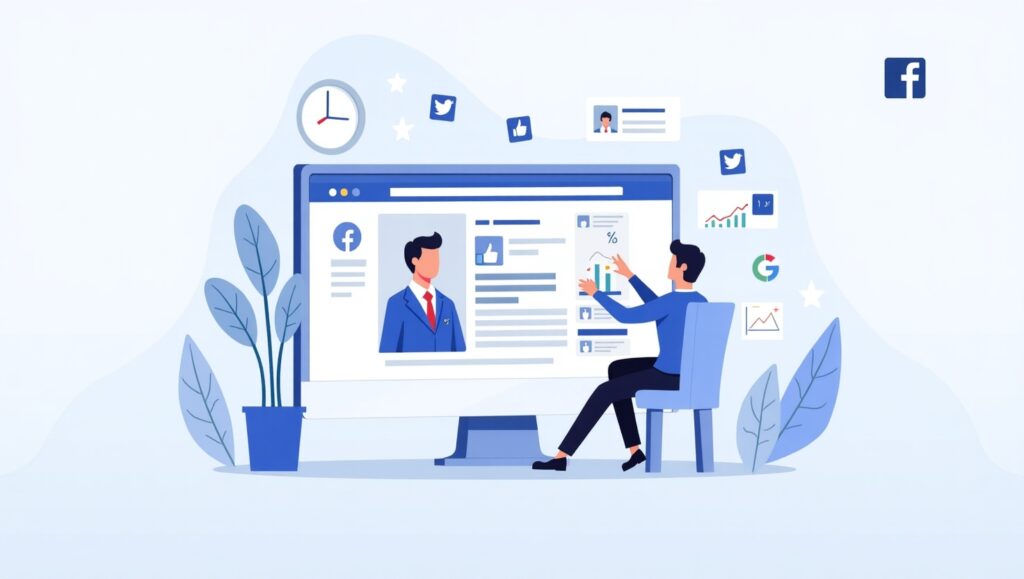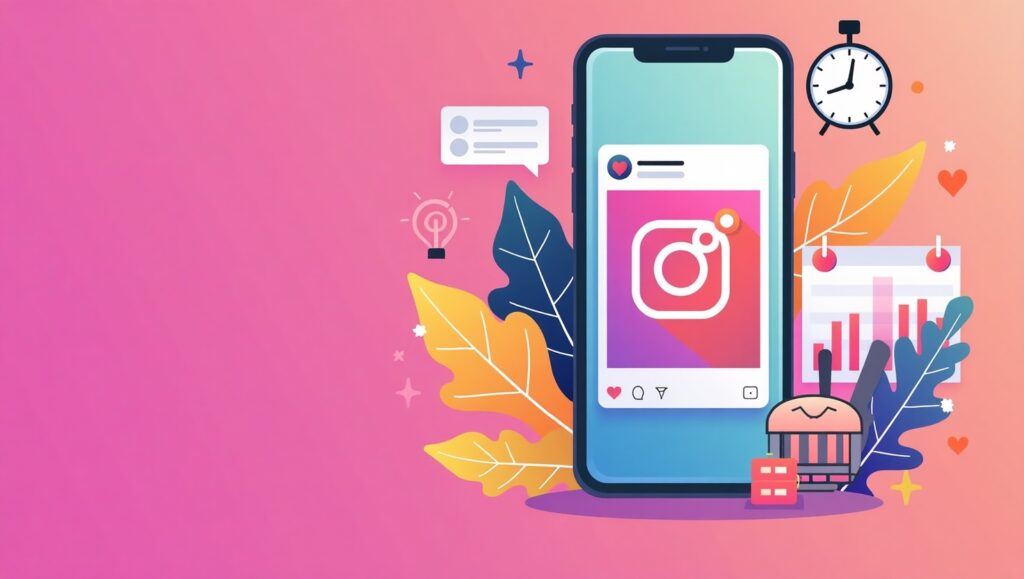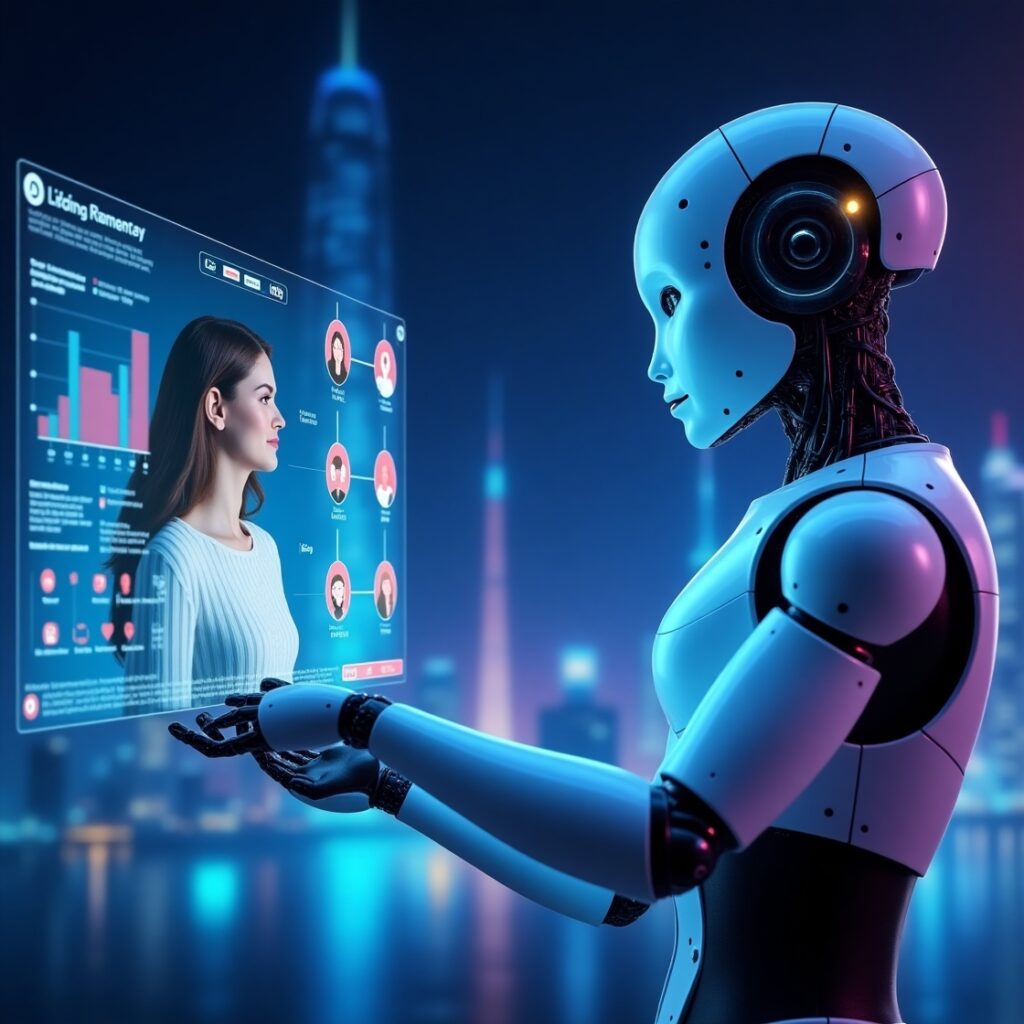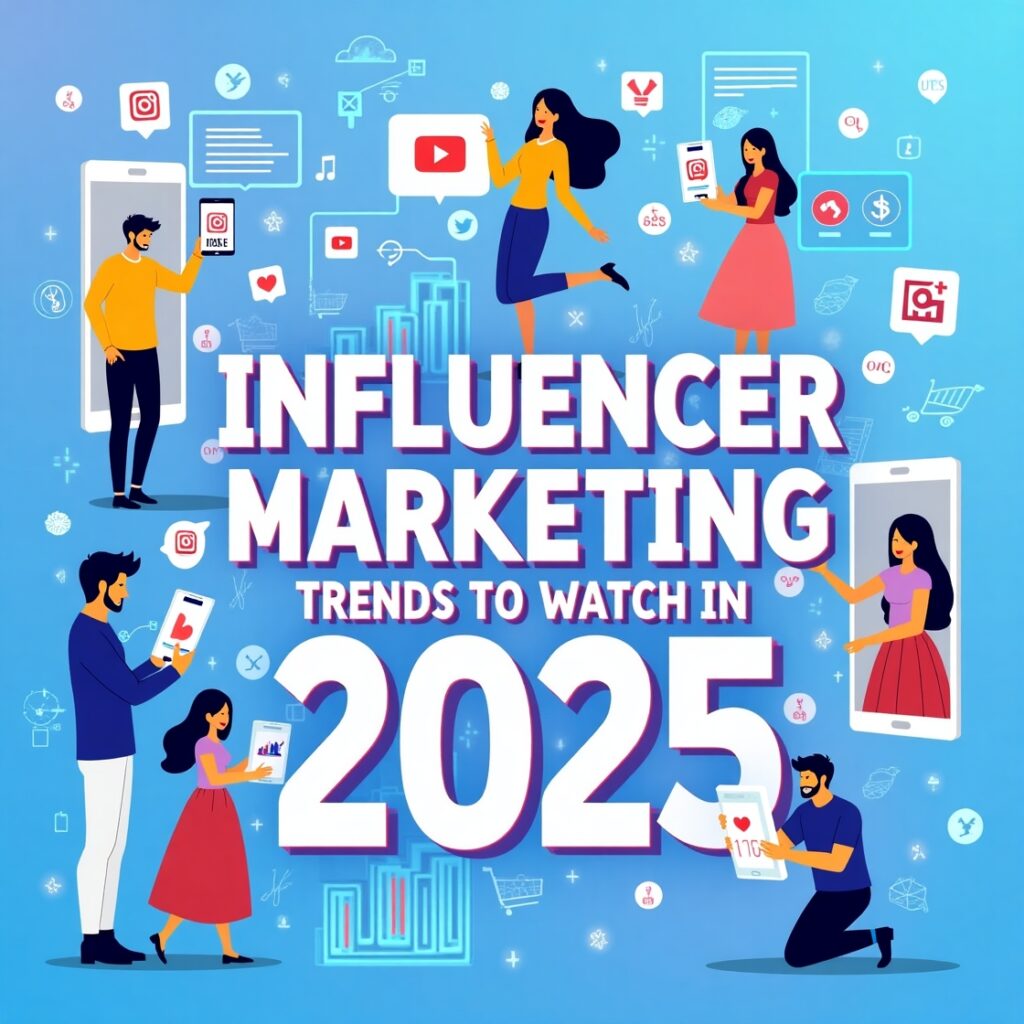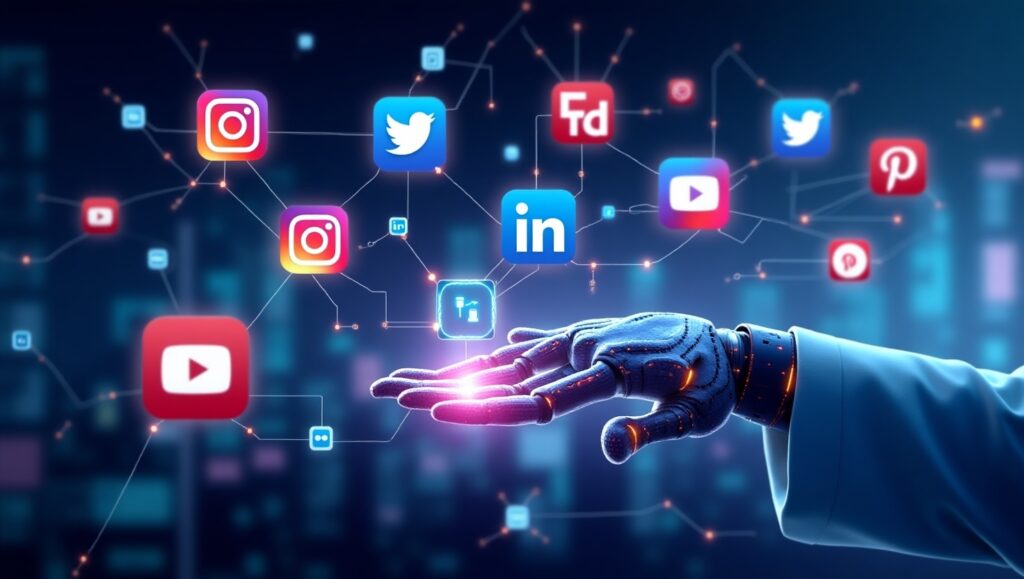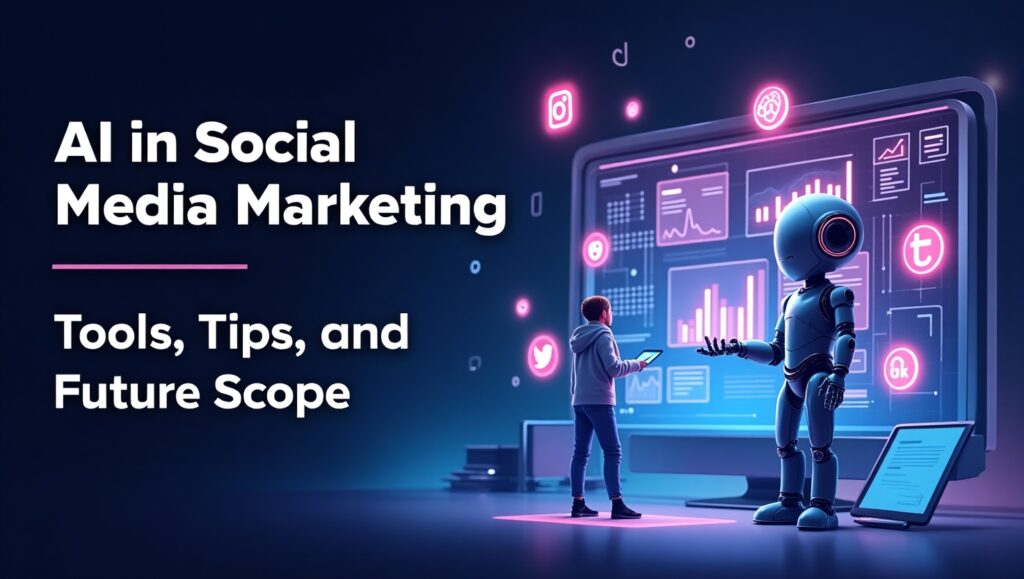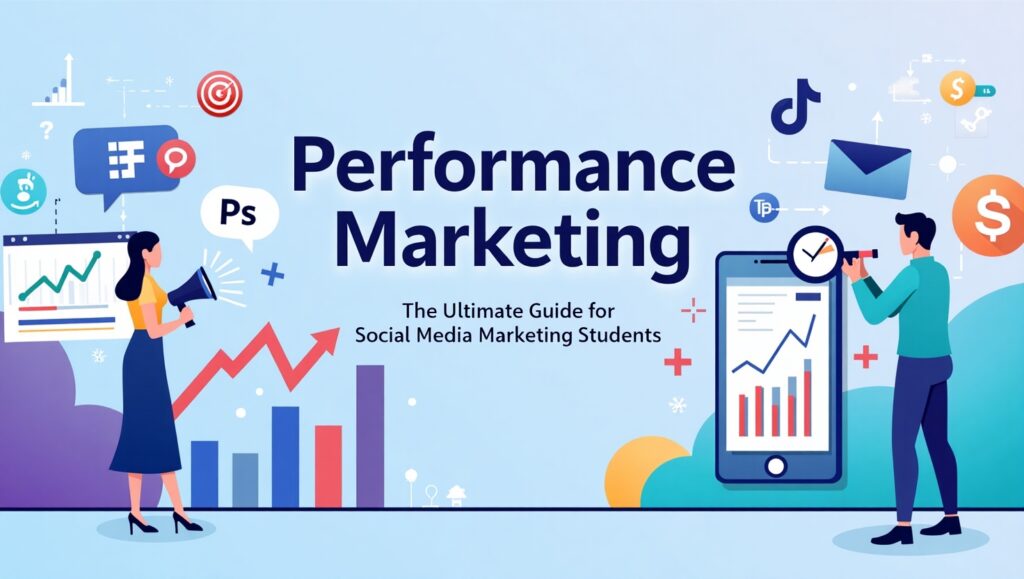How to Grow Facebook Page Likes Without Spending a Penny
In the digital age, Facebook is still one of the strongest places to grow brand awareness, community, and engagement. With more than 2.9 billion users, having a solid Facebook presence isn’t a nicety—its necessity. But with more competition and Facebook’s algorithming prioritizing paid promotions, many creators, entrepreneurs, and small businesses find themselves unable to grow their page likes organically. The better news? You don’t have to have a large budget to create a big impact. Increasing your Facebook Page Likes without ever spending a dollar is totally possible—with the right plan. Growing naturally is all about quality, consistency, significance, and clever utilization of Facebook’s in-built features. Starting from streamlining your page and using Facebook Groups to posting content worth sharing and interacting with your audience live, there are many methods for stretching your wings without ever taking money out of your wallet. This guide is meant to take you by the hand through realistic, implementable strategies for building your Facebook page organically. If you’re beginning from scratch or wanting to give a boost to an established page, these methods will get you authentic followers who care about what you have to provide. Keep in mind, while paid promotion will accelerate growth, genuine engagement creates long-term trust—and that’s the true social currency of success. 1. Optimize Your Facebook Page Step one towards growing your Facebook Page Likes without any cost is to have your page fully optimized. Consider your Facebook page as your online store—if it appears incomplete, unprofessional, or confusing, visitors will be less likely to click the “Like” button. A highly optimized page establishes trust, broadcasts your brand identity, and simplifies people’s ability to find and follow you. Begin with posting a high-resolution profile picture that embodies your brand. It can be your logo, product image, or professional headshot if you are a personal brand. Follow it with a striking cover photo that informs people about your page at first glance. Utilize this place to highlight your services, new offerings, or your brand’s personality. Second, fill out all the page information. Be concise and persuasive in the description and state who you are and what you have to offer. Select the proper category for your business or company so users can find you based on search. Don’t miss including your web link, contact number, email, and address (if provided)—the extra details make your page credible. Finally, get a custom @username (vanity URL). This makes your page more discoverable and sharable, both on and off Facebook. An optimized page sets the stage for organic growth and gets more chances to convert visitors into long-term fans. 2. Post High-Quality Content Consistently To gain Facebook Page Likes for free, first and foremost, you must provide quality content on a consistent basis. Good content will both engage and entertain the intended audience and entice them to return for more. You do not need to invest in expensive software or quality photography equipment; just create informative, relevant, and interesting posts that will appeal to your target audience. Start by learning what your fans would like to see. You might post educational tips, how-to information, or how-to infographics that solve a problem or offer something of value. These posts help develop you as an authority figure in your given niche and they have a greater chance of being shared. Alternatively, you can create posts that show behind the scenes, which is personal, and helps the viewer feel closer to your brand on a human range. Another very effective tool is user-generated content (UGC). By posting your followers’ photos, any positive reviews or testimonials, you are building trust and engaging people to interact on your page. Relatable memes and motivational quotes also have the potential to increase shares and reach when done correctly! Don’t underestimate the value of video! Facebook favors Reels, and short video posts are favored by the algorithm more than a static post, especially in terms of engagement. To maximize reach, always be sure to post your photos and videos natively on Facebook, so always post the video or photo itself, not a link from somewhere else – native posts are prioritized. Being consistent is as important as quality. Regular posting keeps your audience engaged and also tells Facebook that your page is active, meaning you have a better chance of appearing in users’ newsfeeds! 3. Leverage Facebook Groups Facebook Groups are a treasure trove for organic growth—particularly when you’re looking to build your page likes without laying out cash. Facebook Groups are groups of individuals who are already interested in a certain subject, industry, or pastime. By accessing the right groups in your niche, you can reach your audience in one-to-one fashion, establish credibility, and get your page visibility. Begin with finding active groups pertaining to your niche. Join such groups using your own Facebook profile, and prioritize offering authentic value. Respond to questions, offer insights, and have meaningful discussions. Refrain from direct promotion for the moment—group members would be more inclined to follow your page if they perceive you as someone who is helpful and knowledgeable, rather than a spammer. After gaining some credibility, reproduce your page content where permitted. Seek chances to share your blog posts, videos, or advice that are pertinent to current conversations. Ensure your content provides value and stays within the terms of the group. Bonus Tip: Try creating your own Facebook group associated with your business page. Not only does this reinforce your community, but it also provides you with direct access to members through group posts and notification. As your group expands, you can organically encourage members to like your Facebook page and interact with your content—without spending a single dollar. 4. Encourage Friends and Existing Followers to Share One of the best (and totally free) methods of increasing your Facebook Page Likes is to leverage the network you already have. Your current friends, fans, and supporters can be your strongest brand ambassadors if you just invite them to share your page and posts.

